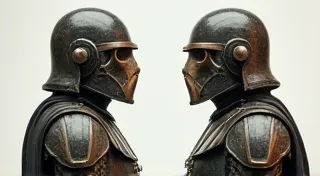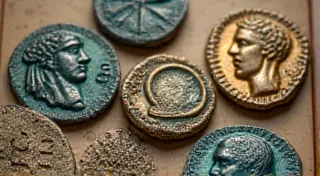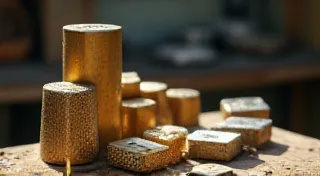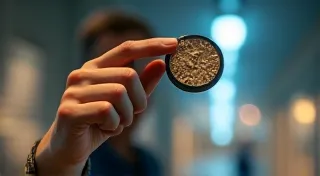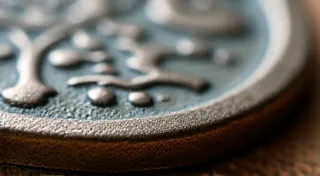Choosing the Right Metals for Authentic Roman Coin Replicas
Replicating Roman coins is a fascinating blend of craft, history, and metallurgy. To truly capture the essence of these ancient artifacts, understanding the metals used in their creation is paramount. Original Roman coinage wasn't a uniform product; it evolved over centuries, reflecting changes in the Empire’s economy and metal availability. This article delves into the primary metals used and provides guidance on selecting the best options for your coin replica projects.
Bronze: The Workhorse of Roman Coinage
For much of Roman history, bronze was the most common metal used for coinage. Bronze is an alloy – a mixture of metals – primarily composed of copper and tin. The precise ratio varied, influencing the bronze’s color and properties. Early Roman coins (pre-27 BC) were almost exclusively bronze. Even after silver and gold became more prevalent, bronze continued to be used for lower-denomination coins.
Why choose bronze? It’s relatively affordable, easy to cast, and produces a visually appealing patina when aged. However, be aware that "bronze" can encompass a wide range of alloys. To achieve an authentic look, research the specific bronze composition used for the coin you're replicating. A common starting point is a copper/tin ratio of roughly 90/10.
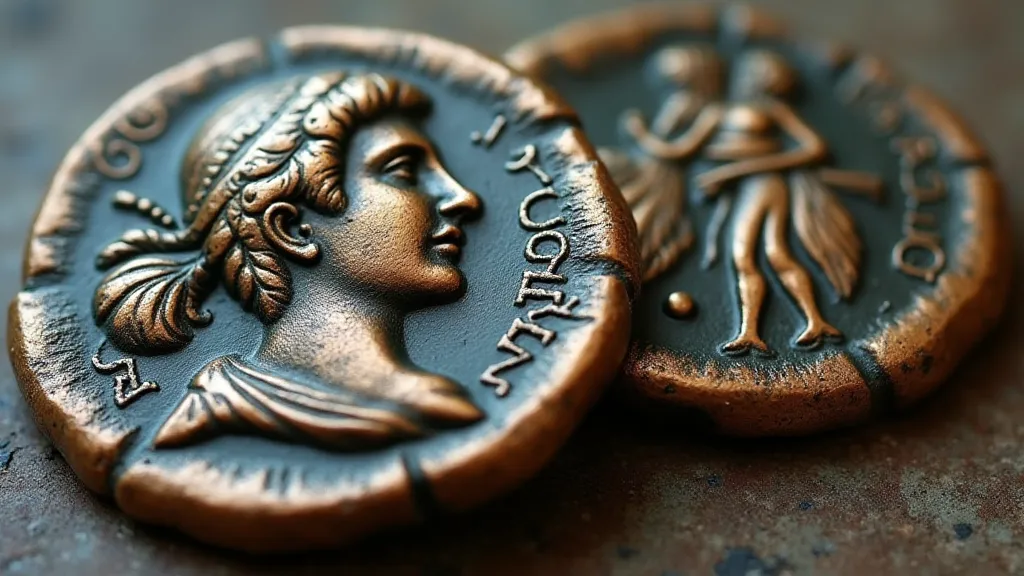
Silver: The Rise of Argentum
Silver, known as argentum to the Romans, gradually became more prominent, particularly during the Principate (27 BC – 284 AD). Silver coins were valued higher than bronze and became a key element in the Roman monetary system. Silver alloys were frequently combined with other metals to improve hardness and prevent debasement. Common additions included copper and lead. The ratio of these metals significantly affected the silver coin's color and workability.
Challenges with silver replicas: Pure silver is soft. Many replica makers blend it with other metals (like copper) to increase its strength. The challenge is achieving the correct color and luster to mimic the original Roman silver. A common approach is a silver/copper alloy with around 5-10% copper, but experimentation is key.
Gold: The Mark of Imperial Authority
Gold coins, known as aureus (later solidus), were reserved for imperial and high-value transactions. They signified power and prestige. Gold, like silver, was often alloyed with other metals – primarily copper and silver – to increase its durability and reduce wear. These additions also subtly altered the gold's color, giving it a characteristic reddish-gold hue (often referred to as rose gold).
Replicating the imperial touch: Creating accurate gold replicas is the most demanding – both in terms of material cost and technical skill. A typical Roman gold alloy might contain approximately 80% gold, 18% copper, and 2% silver. Replicating the subtle nuances of Roman gold color requires careful alloying and controlled casting techniques. If your budget is limited, consider a copper-plated metal – it can give the *appearance* of gold.
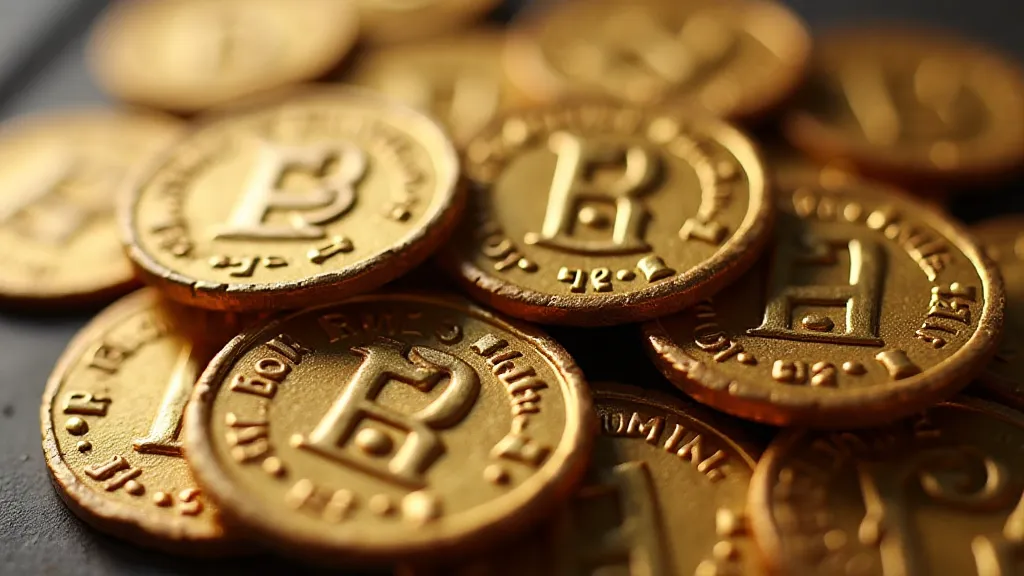
Metal Alloys and Melting Points
Understanding melting points is crucial for successful casting. Here's a simplified overview:
- Bronze (typical): 900-950°C (1652-1743°F)
- Silver (pure): 961.8°C (1763.2°F)
- Gold (pure): 1064°C (1947°F)
Important: Alloys have lower melting points than their constituent metals. Always consult specific alloy data sheets for accurate melting point information. Furthermore, consider the equipment you'll be using. Different casting methods (lost-wax, direct casting) require different temperatures and techniques.
Achieving an Authentic Patina
Even if you perfectly replicate the metal composition, a new cast coin will look too “bright.” To achieve that aged, authentic look, consider using patina solutions or controlled oxidation techniques. Research how Roman coins naturally patinated over centuries – the color variations were influenced by burial conditions and exposure to different chemicals.
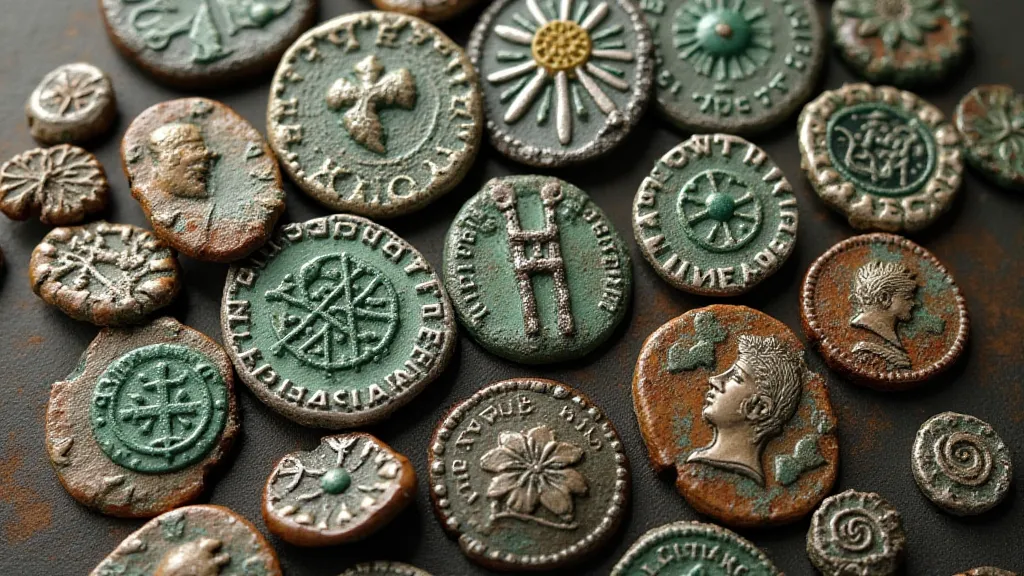
Replicating Roman coins is a journey of discovery, blending technical skill with historical understanding. By carefully selecting your metals and mastering the casting process, you can create truly accurate and impressive replicas of these iconic symbols of the Roman Empire.
